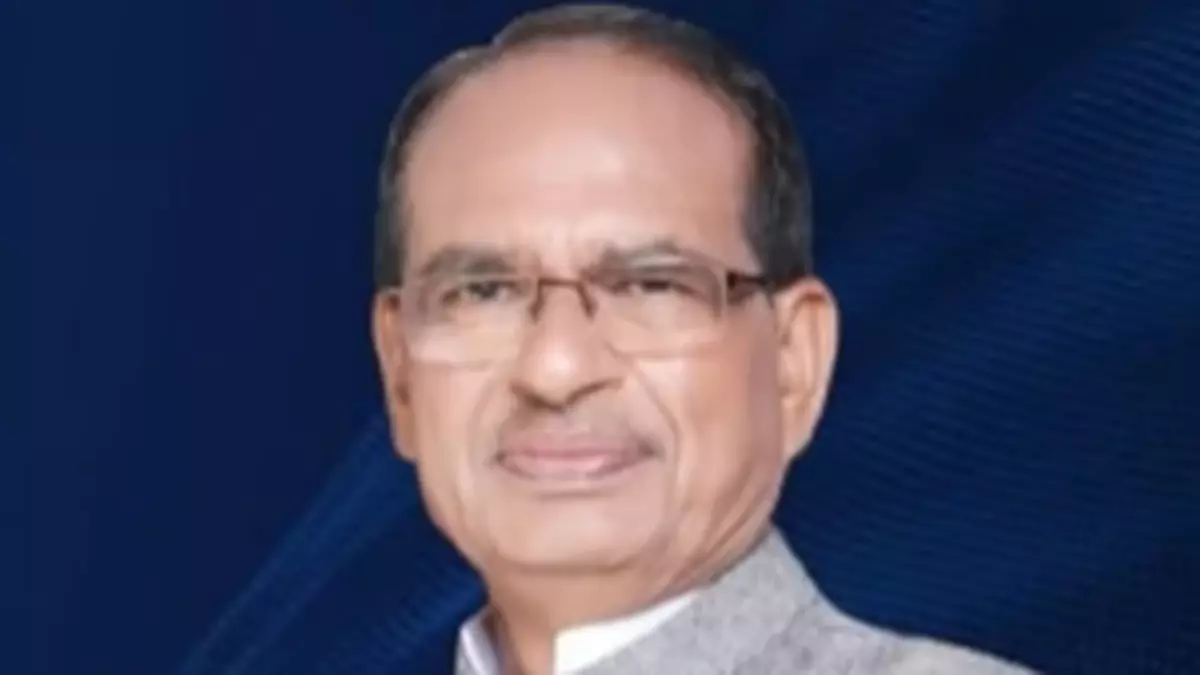Government to formulate plan to reduce horticulture price gap: Chouhan
Union Agriculture Minister Shivraj Singh Chouhan on Saturday announced that an official-level committee will soon be constituted to suggest ways to reduce the price gap between what farmers receive and what consumers pay for horticulture products.
Addressing the annual Rabi conference, Chouhan pointed out that it has been observed that there is a wide gap between what farmers get for their horticulture produce and what consumers pay for those products. “The official committee will study and suggest if the gap can be bridged where both farmers and consumers will be happy,” Chouhan said.
He suggested that the committee will look into the possibility of the Centre and States sharing the transport costs of perishable items. He also appealed to State agriculture ministers and officials to send suggestions if they have any.
Farmers’ share of every rupee that the consumer spends is around 33.5 per cent for tomatoes, 36 per cent for onions, and 37 per cent for potatoes according to a working paper released recently by the Reserve Bank of India.
“Whatever valid suggestions are shared by States will have to be acted upon and those will also be informed to the States. It is not like just an annual event where one speaks and leave,” he said.
Emphasising the role of Krishi Vigyan Kendras (KVKs) in the coming days, he asked Himanshu Pathak, the Director General of the Indian Council of Agricultural Research (ICAR), to ensure that each KVK sends a monthly report to the Centre and the State about the activities in the district it is located in. Later, Chouhan explained that he expects KVKs to send reports from the ground when farmers are affected by any issue, climate or otherwise.
Appealing states to focus more on KVKs, he said these institutions can play a wonderful role in bringing technology to farmers. At the same time, he admitted that he had not paid enough attention to KVKs during his tenure as chief minister in Madhya Pradesh.
The agriculture minister also said that the government targets 341.55 million tonnes (mt) of foodgrain production in the 2024-25 crop year (July-June), which includes 161.37 mt from the Kharif season, 164.55 mt from Rabi and 15.63 mt from summer crops.
The businessline had reported in May about the target fixed by the government. However, in July, the government revised the target after ome changes were made in maise crop production. The earlier estimate of Kharif maise production of 24.60 mt got revised to 26 mt, that of Rabi maise from 11.45 mt to 12 mt and that of summer maise from 2.80 mt to 2 mt. No changes made in target of other crops.
Speaking at the event, Agriculture Secretary Devesh Chaturvedi appealed to States to work out a futuristic plan for seeds as it takes at least three years from the release of the technology until farmers start commercial production. Lack of finance should not be a concern, and the plan should be worked out in advance according to the suitability of the seed variety based on the agroclimatic conditions of an area, he said.
An official with a state government said that though agriculture is a state subject, the two key inputs—seeds and fertilisers—are regulated by the Centre, and unless the Centre prioritises those two, the changes expected in pulses and oilseeds production may not be achieved in the near future.
